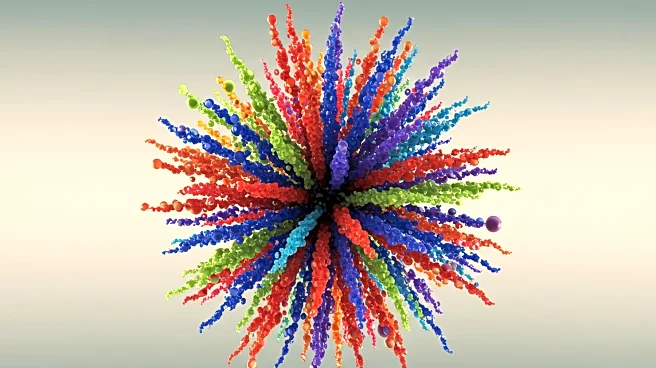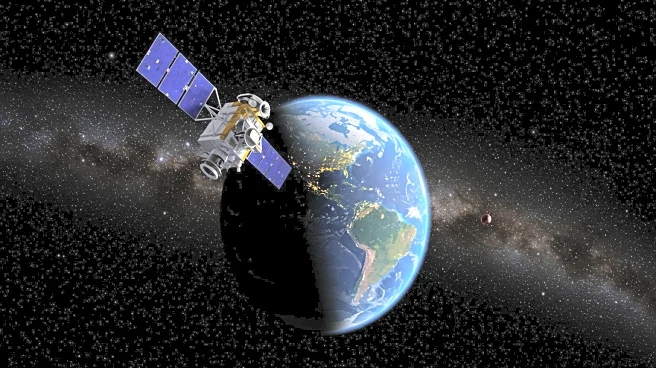What's Happening?
A comprehensive analysis across the 'tree of life' has revealed that most known species evolved during periods of rapid diversification, known as 'explosions' of diversity. The study, conducted by scientists in the U.S., examined species richness and diversification rates across various clades, including land plants, insects, vertebrates, and animals. The findings indicate that more than 80% of known species belong to groups with exceptionally high rates of species diversification, suggesting that rapid radiations are a key driver of biodiversity.
Why It's Important?
The study provides valuable insights into the mechanisms driving biodiversity and evolution, highlighting the significance of rapid radiations in shaping the diversity of life on Earth. Understanding these processes can inform conservation efforts and strategies to protect endangered species and ecosystems. The research also contributes to the broader understanding of evolutionary biology and ecology, offering a framework for studying the factors that influence species diversification and adaptation.
What's Next?
Further research may explore the specific traits and ecological conditions that facilitate rapid radiations, providing a deeper understanding of the factors driving biodiversity. Conservationists and policymakers could use these insights to develop targeted strategies for preserving biodiversity and protecting vulnerable species. The study may also prompt discussions on the importance of maintaining ecological niches and habitats to support species diversification and adaptation.
Beyond the Headlines
The findings highlight the complex interplay between ecological conditions and evolutionary processes in shaping biodiversity. As environmental challenges continue to impact ecosystems, understanding these dynamics is crucial for developing effective conservation strategies. The research underscores the importance of preserving ecological niches and habitats to support species diversification and adaptation, potentially influencing future approaches to biodiversity conservation.











